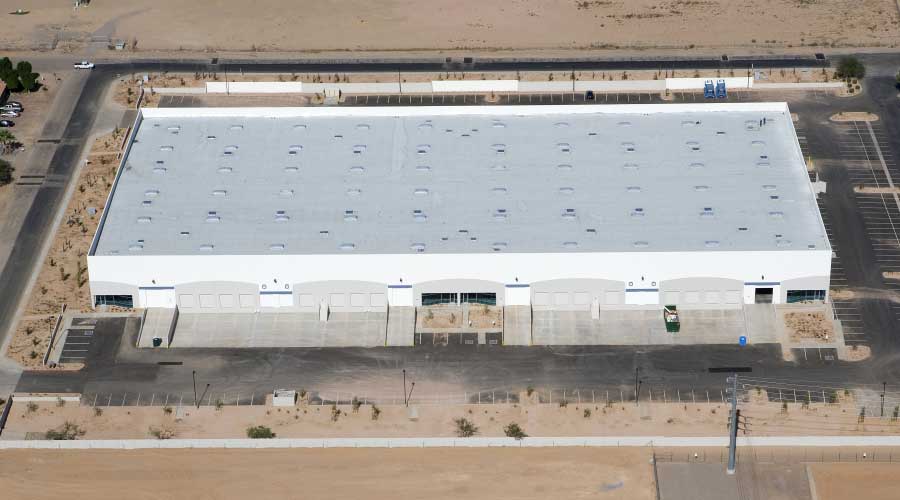LEED Principle: Alternative Energy Production and Roofing
SPECIAL REPORT PREPARED FOR THE CENTER FOR ENVIRONMENTAL IN ROOFING
Photogenic vegetative roofs have become more commonly known as companies seek ways to increase their green profile. Another way companies can use the roof to highlight green initiatives is by adopting rooftop energy production technologies, like microturbines and photovoltaics (PV).
Though the cost of PV is approaching grid parity, electricity generated through solar panels still costs more than utility power. Silvertooth points out that the building’s energy efficiency must be optimized before moving on to alternative generation. If not, you’re only “raising the price of the electricity you’re already wasting.” However, rooftop energy generation can contribute to a comprehensive efficiency strategy.
A typical rooftop photovoltaic installation, for example, can usually provide between 10 and 20 percent of a building’s energy needs, says Ken Beiser, Tecta Solar, managing director. Even though this is a relatively small percentage, it can serve as motivation to drive efficiency elsewhere in the facility so that the same capacity can provide for a greater percentage of need, he says.
One thing to consider when installing alternative generating capacity on the roof is to make sure the installation will not void the original roof warranty, Beiser says. Though it’s rarely mentioned, the warranty is often voided and/or the roof compromised during the installation of PV equipment. It’s important to involve the roofing company during planning to avoid expensive headaches.
The ways the roof can contribute to LEED principles doesn’t stop there. Other areas include building material recycling. Today, more and more avenues are available to recycle materials at end of life and also install materials with recycled content. Everything from asphalt products to shingles to metal flashings can be recycled. Even used ballast stones can be donated to farms, says Gooding. The roof is also a major platform for daylighting initiatives, with more than 60 percent of the work area directly accessible to roof light in the average commercial building, says Hoff.
Lastly, a good roof will prevent moisture penetration and infiltration, which are the leading factors in building failure, says Hoff. A strong roof preventive maintenance program will not only ensure the longevity of the roof, but of the whole building. It’s not fancy or sexy, but after all, maintaining the soundness of the building you already have is one of the greenest strategies around.
Related Topics:















